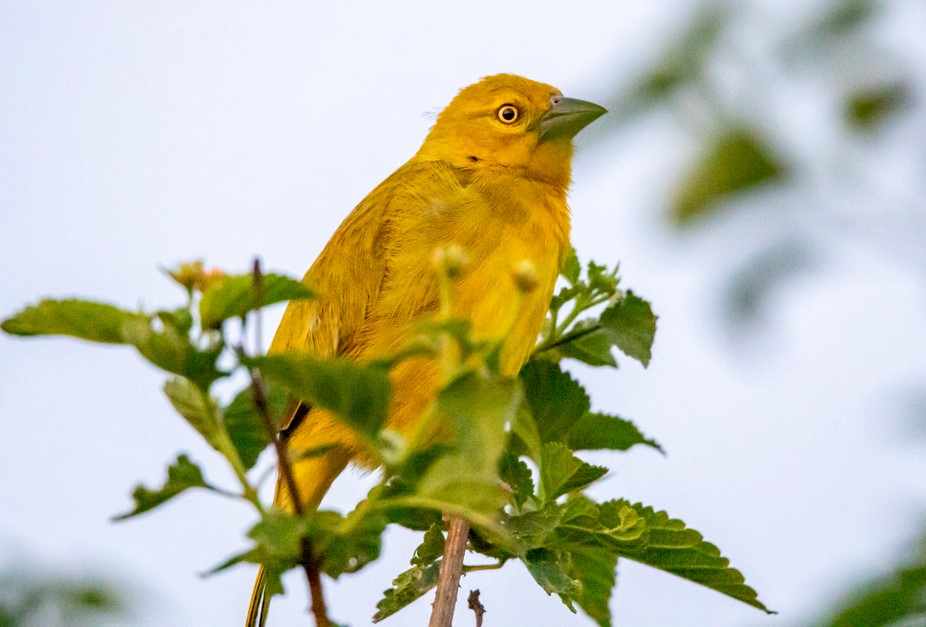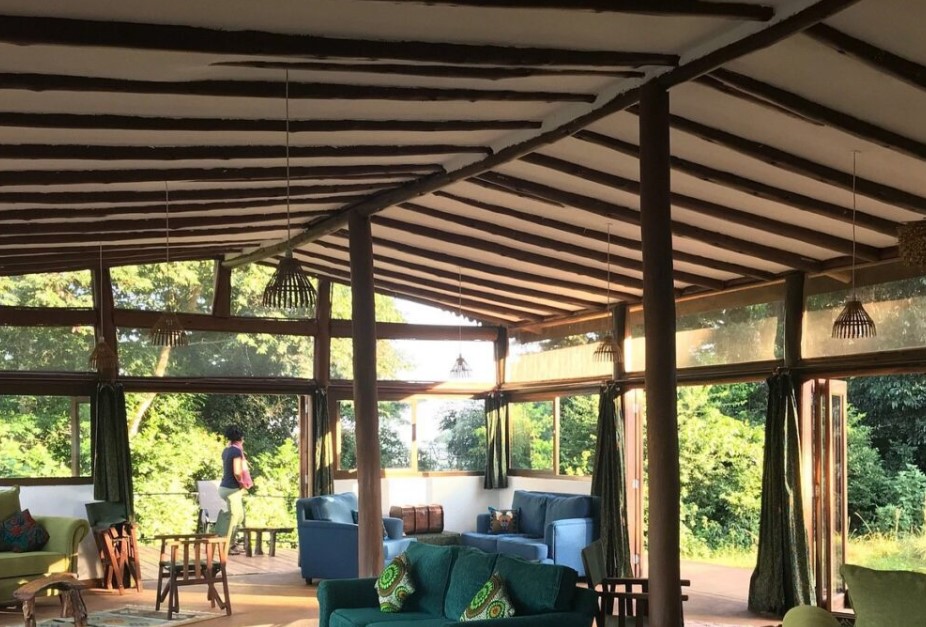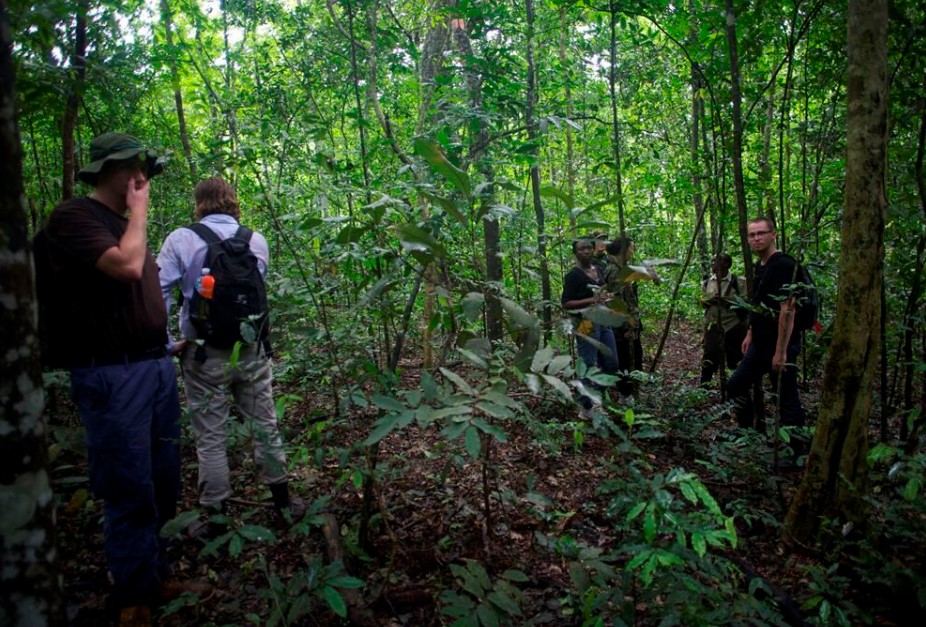
Mountain Gorilla Trekking in Uganda
Gorilla trekking in Uganda is the leading adventure tourist activity that draws tourists from around the world, offering fascinating jungle experiences marked by remarkable wildlife encounters. The gorilla trekking experience takes place in southwestern Uganda, in the two gorilla parks of Bwindi Impenetrable National Park and Mgahinga National Park, where primate lovers hike through lush jungles to see the habituated mountain gorillas in their natural wilderness. Bwindi Impenetrable National Park is by far the most popular choice due to its diverse selection and larger gorilla population, which is widely distributed across the four sectors of the park.
Location
Uganda’s mountain gorillas are typically found in Bwindi Impenetrable National Park and Mgahinga National Park, with Bwindi having more gorilla trekking sectors, including Buhoma, Ruhija, Rushaga, and Nkuringo, each with designated gorilla families. On the other hand, despite its small size, Mgahinga National Park is part of the Virunga Conservation Area range, with only one gorilla family known as Nyakagezi, all offering excellent gorilla trekking experiences. Significantly, over 459 individuals inhabit the jungle forests of Southwestern Uganda, particularly Bwindi, making Uganda a top gorilla destination and home to almost half of the remaining mountain gorillas. Other countries with mountain gorillas include Rwanda in Volcanoes National Park and the Democratic Republic of Congo in Virunga National Park, all within the Virunga volcanoes.
Gorilla Trekking and Habituation
Mountain gorilla trekking in Uganda is an eco-tourism adventurous guided experience where travellers hike through the thick jungles to see mountain gorillas in their natural habitat. Visitors who participate in the gorilla trekking activity spend a maximum of an hour with the gorillas, studying their behaviour. However, visitors who wish to spend more time with mountain gorillas can opt for gorilla habituation, an experience that allows travellers to spend 4 hours in the jungle with mountain gorillas. This experience is only found in the Rushaga sector, located in the southern sector of Bwindi Impenetrable National Park.
This is an exceedingly humbling encounter that provides a basis for the continued protection and conservation of mountain gorillas in their natural habitats. However, gorilla habituation is generally more challenging than a standard gorilla trek. Visitors need a good fitness level, flexibility, and agility, with boots, gloves, waterproof clothing, jackets, and a pair of trousers, gators, and many others. This means you will be traversing through mossy slopes, jumping streams, diving and ducking on various sides, creating new pathways since there are no designated trails.
During gorilla habituation, the gorilla family visited is semi-habituated, meaning they are relatively not used to humans compared to the standard gorilla trekking experience, where gorillas are still in the process of getting used to humans. However, this experience is generally safe, and visitors benefit a lot in a way that it helps them better understand gorilla behaviours and their social dynamics.
Gorilla Trekking Experience
Gorilla trekking is led by armed ranger guides, trackers and always involves trekking and hiking through thick forests, steep terrain, hills, lowlands, rivers, and streams. Along the way, you may encounter several other wildlife species such as several monkeys, chimpanzees, antelopes, and forest elephants, among others. Upon seeing these mountain gorillas, you will spend an hour with the mountain gorillas, studying their day-to-day activities such as playing, feeding, mating, breastfeeding, and nurturing their babies, among others. This will give room to ask several questions as the ranger guides are eager to positively respond to you, while taking memorable photos about once in an lifetime experience.
Social structure
Much as gorillas are considered to be gentle giants, mountain gorillas are generally aggressive, 5 times as strong as humans, especially wild gorillas that have not been habituated. However, these cases are very rare unless provoked. Mountain gorillas live in stable family groups led by the dominant male known as the “Silverback”, whose role is to protect, mediate, make decisions, and lead the family to food sources. The silverback is an adult male with a silver color on its back, surrounded by several females, babies, a few adult young males called blackbacks, sub-adults, and older babies, forming stable families in their communities. These magnificent silverback gorillas are the largest amongst their families and protect the family from all threats within and outside the family, especially from predators like forest leopards, intruders, and stray males.
Mating
The alpha male or silverback has the overall rights of mating to all females, and they are always submissive. Black backs have no right to mate when the dominant male is still in control until they get old enough. Black backs start to develop the silver lining at the age of 12 years and above, meaning they can claim dominance after fighting with other adult males within the group, and the winner takes over as the new dominant male. This means that females always move with the winning male, ensuring that he will provide protection and safety for the group.
What is the cost of a gorilla Permit in Uganda
A gorilla trekking permit in Uganda costs $800 for non-foreign residents, $700 for foreign residents, $500 for the rest of Africa, and UGX 300,000 for East African citizens. On the other hand, a gorilla habituation permits costs $1500 for non-foreign residents, $1000 for foreign residents, and UGX 750,000 for citizens of East Africa.
Best time for gorilla trekking in Uganda
If you are planning to make your dream come true, having a glimpse of the mountain gorillas in their true wilderness, Uganda calls for your attention about the best time for gorilla trekking! Trekking mountain gorillas and gorilla habituation in Uganda is a possible activity that can be done throughout the year; however, the dry seasons, which run from June to September and December to February, offer the best convenient and conducive climatic weather conditions that favour visitors for excellent gorilla trekking experiences. These are dry seasons that receive little to no rainfall, making trekking trails passable with clear views of wildlife species. In contrast with the wet season, months from March to May and October to November receive heavy rainfall, which may make the ground slippery, muddy, and slick, hence making the trekking trails impassable.
Rules and Regulations
Although gorilla trekking is an enchanting activity, it has rules and regulations that are designed to protect both mountain gorillas and tourists as well. Therefore, you must be 15 years or above to participate in the exercise, and only 8 people are allowed to visit a designated gorilla family. Additionally, one has to be prepared both mentally and physically to have an excellent and memorable experience. This means that visitors should abide by the rules and regulations of the park rangers and administrators at all designated park offices.
Since gorilla numbers are still low in the wild, fewer than 1007 individuals survive in the wild, but it’s only tourism that is reliable to raise funds for their conservation. Gorillas are endangered with a lower immunity and share about 98% DNA with humans, making them susceptible to human diseases, especially flu and cough, hence they need to be protected from several illnesses, diseases, and threats to their numbers. This is why the 10-meter gap between you and gorillas is very essential. During the trekking session, elderly trekkers will be allocated the nearest gorilla families. Alternatively, the elderly can also hire the services of a porter to assist in carrying them to the assigned group upon their wish.
Important to note is that, although gorillas are habituated, they remain wild and do not fully trust humans, making them protective of their young ones, and once they feel threatened, they will always defend themselves till death. All these precautions are always shared during briefing sessions at the park information offices before the start of the gorilla trekking exercise.
Things to pack for gorilla trekking
Since the trekking experience takes you through lush tropical rainforests, streams, hills, challenging terrain, with unpredictable climatic weather conditions, it is paramount to ensure that you have the best gear to help you manoeuvre and get protected from the nettles and other elements. These include the waterproof jacket, sweater, long-sleeved shirt, and a pair of trousers, drinking water, energy-giving snacks, hiking boots, camera, extra batteries, water bottle, toiletries, gaiters, insect repellents, waterproof backpack, safari hat, sunscreen, gorilla permit, hiking gloves, face mask, among others. With all this, visitors can fully get immersed in a once-in-a-lifetime experience.







